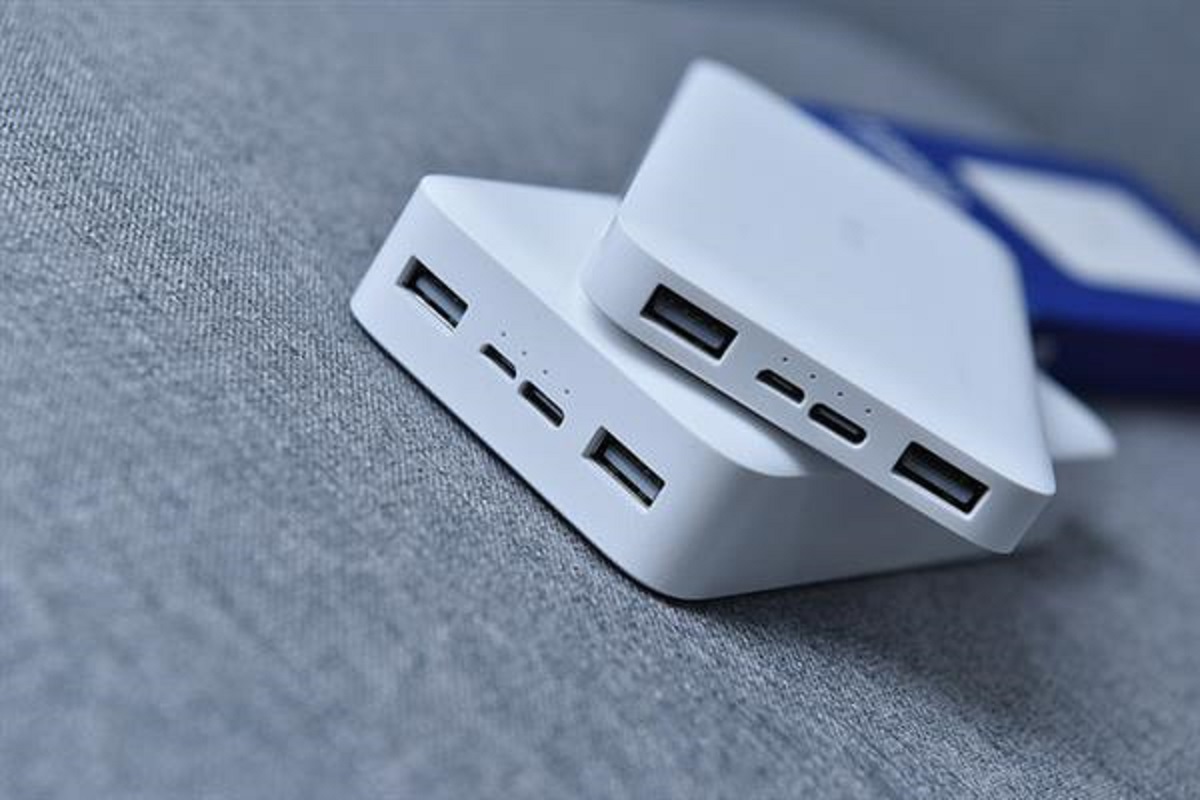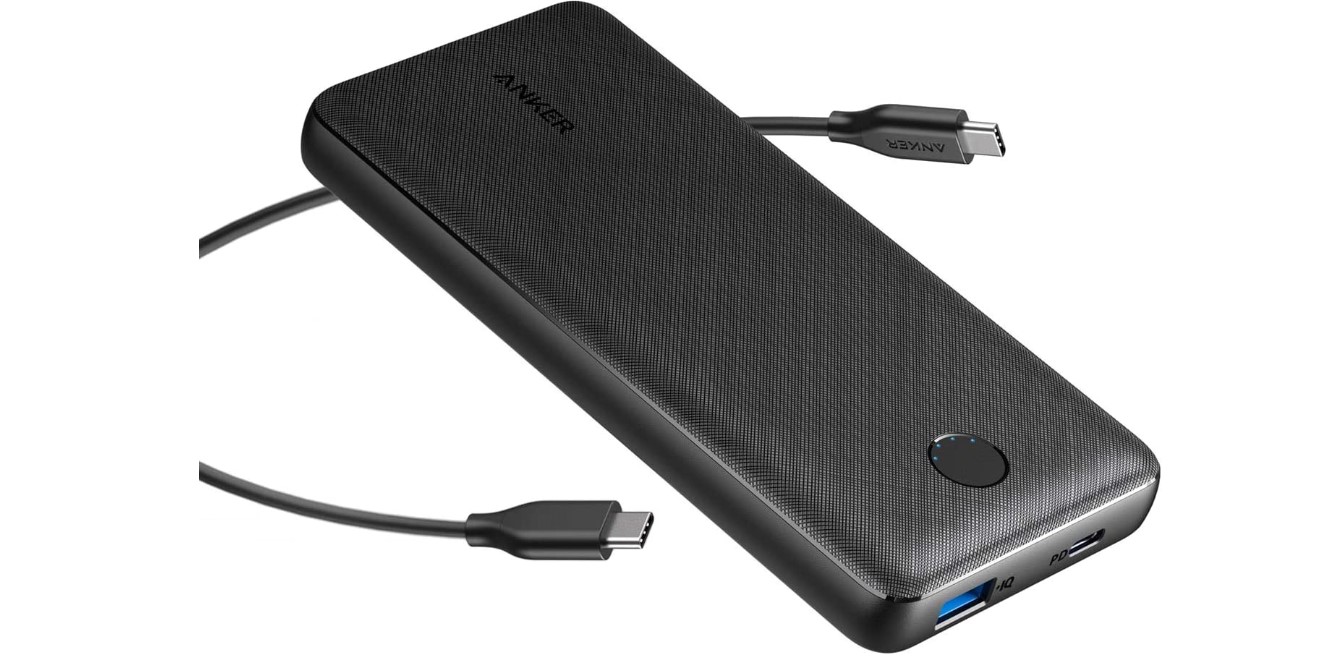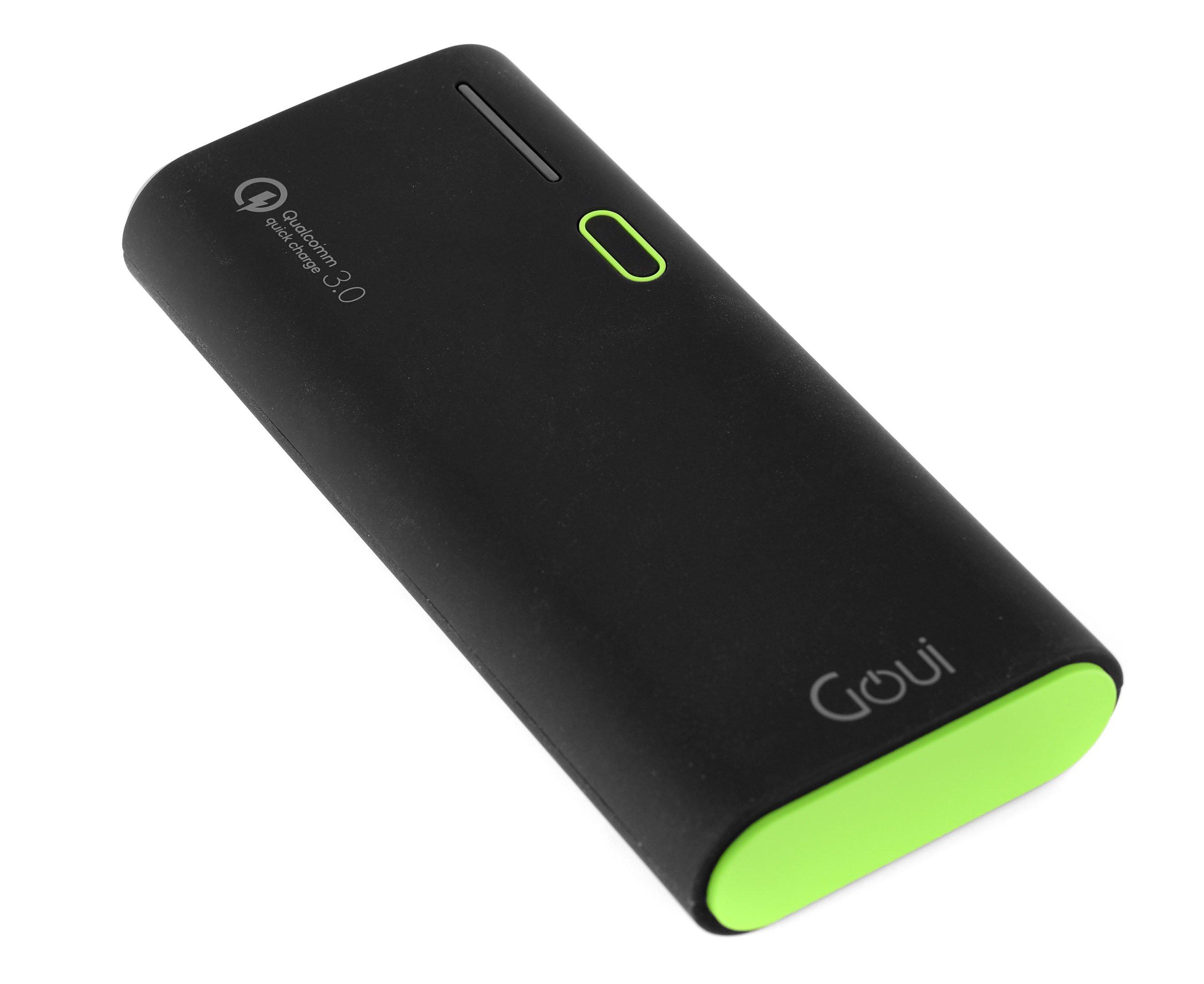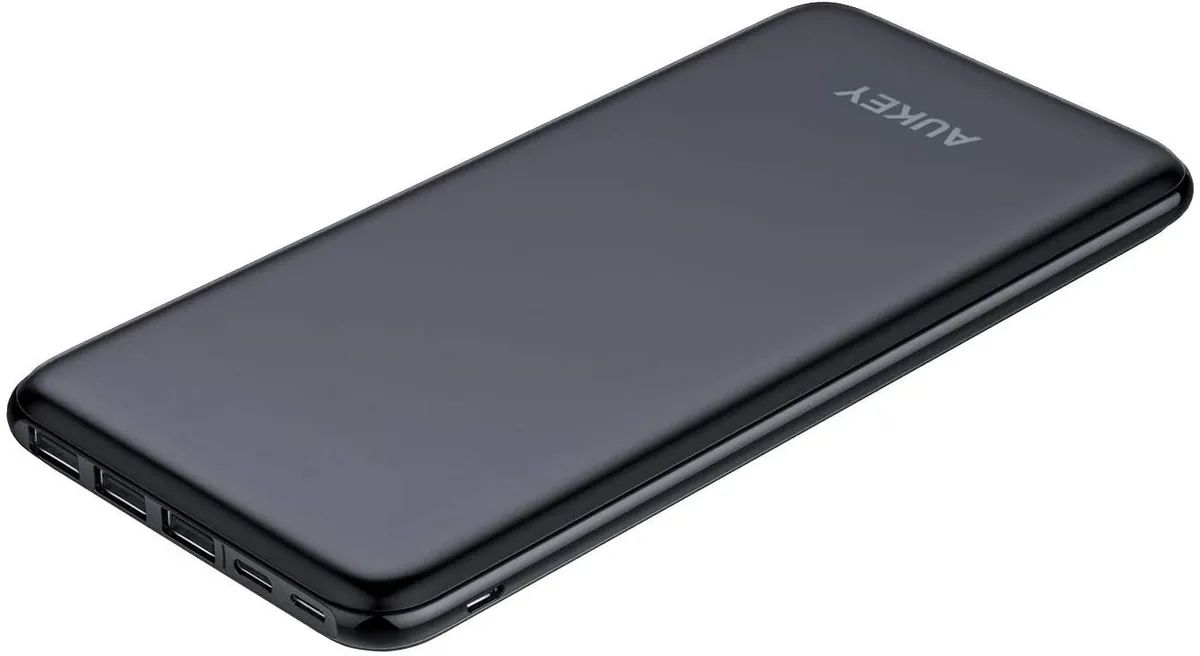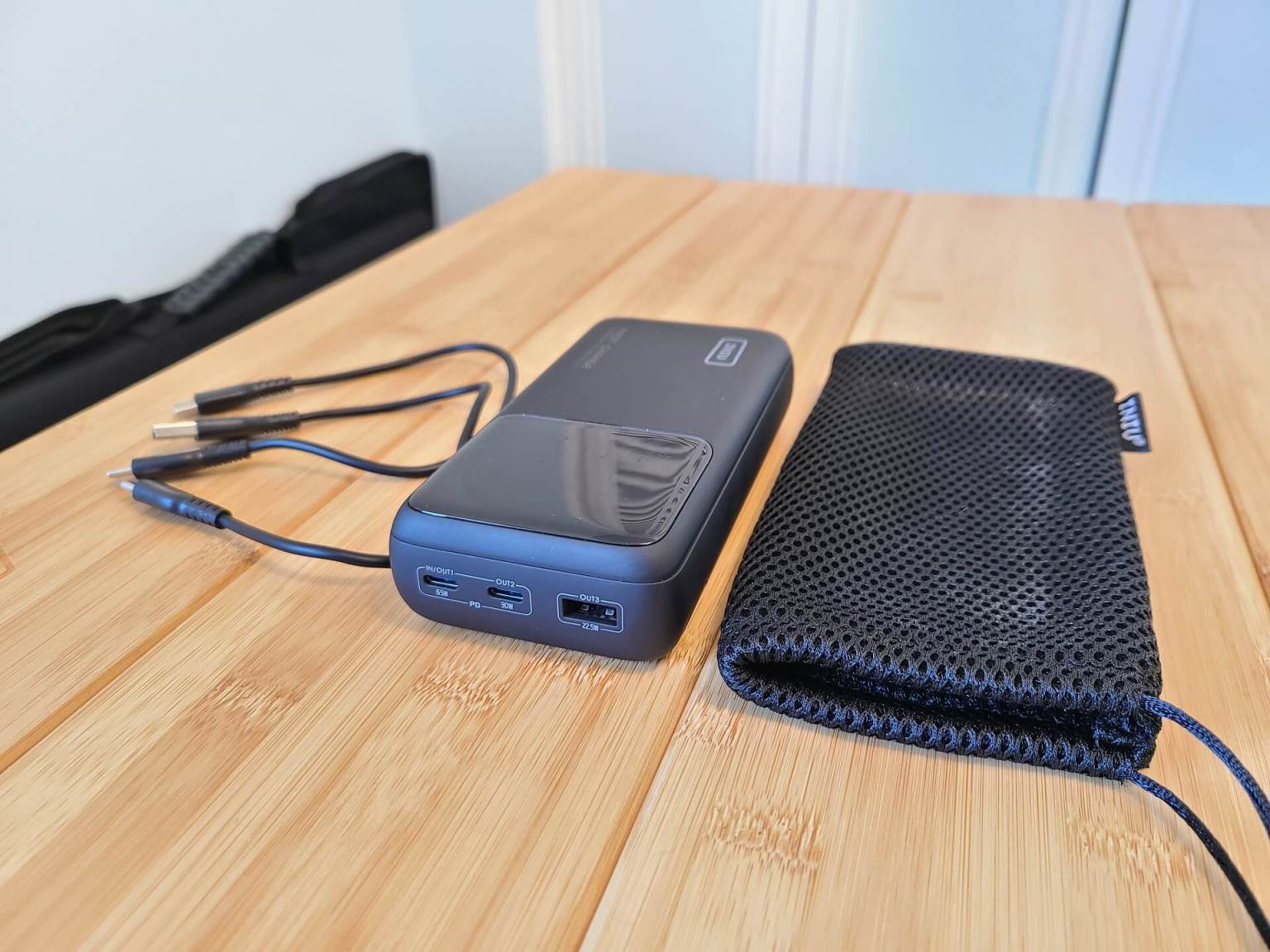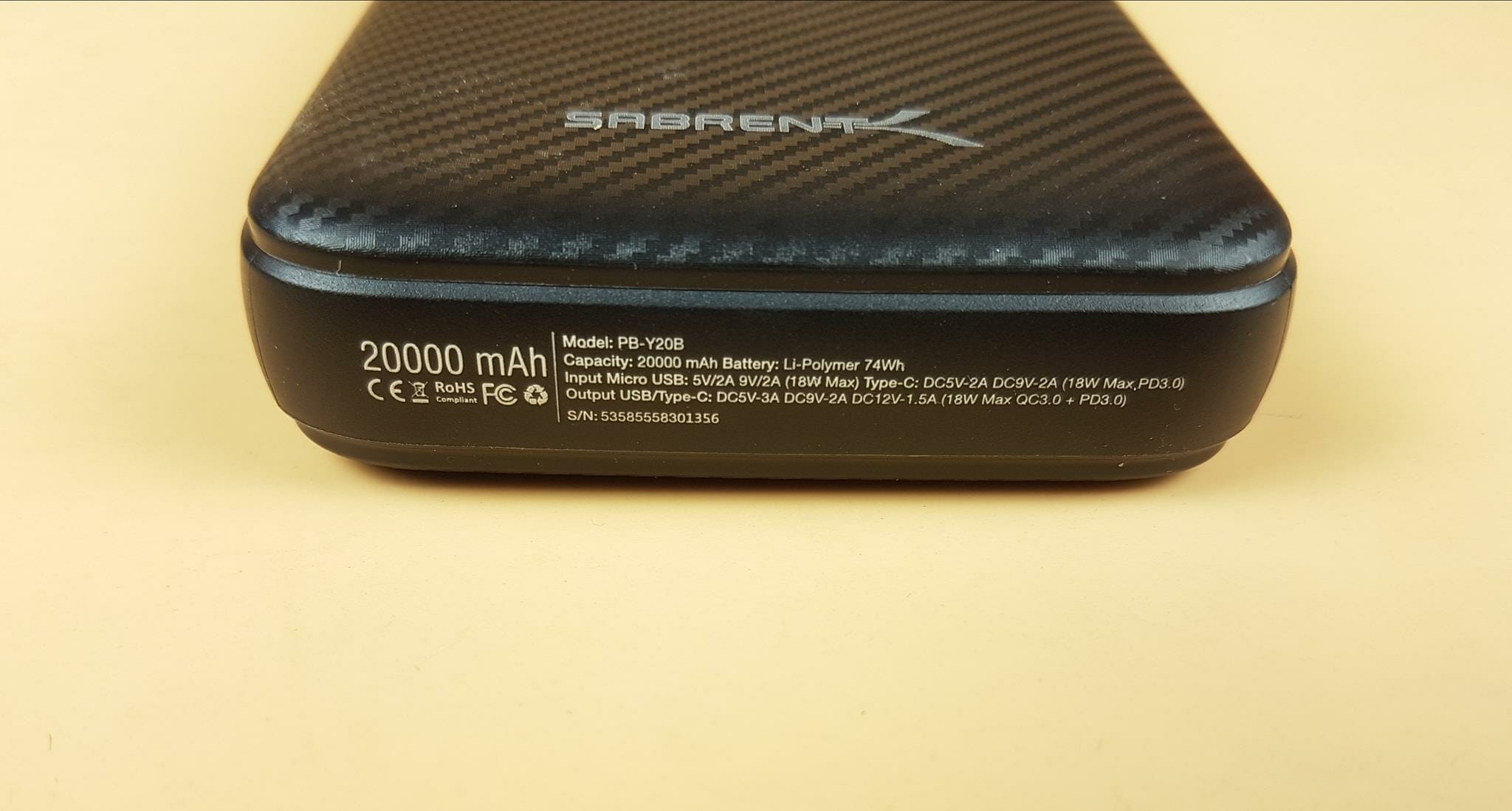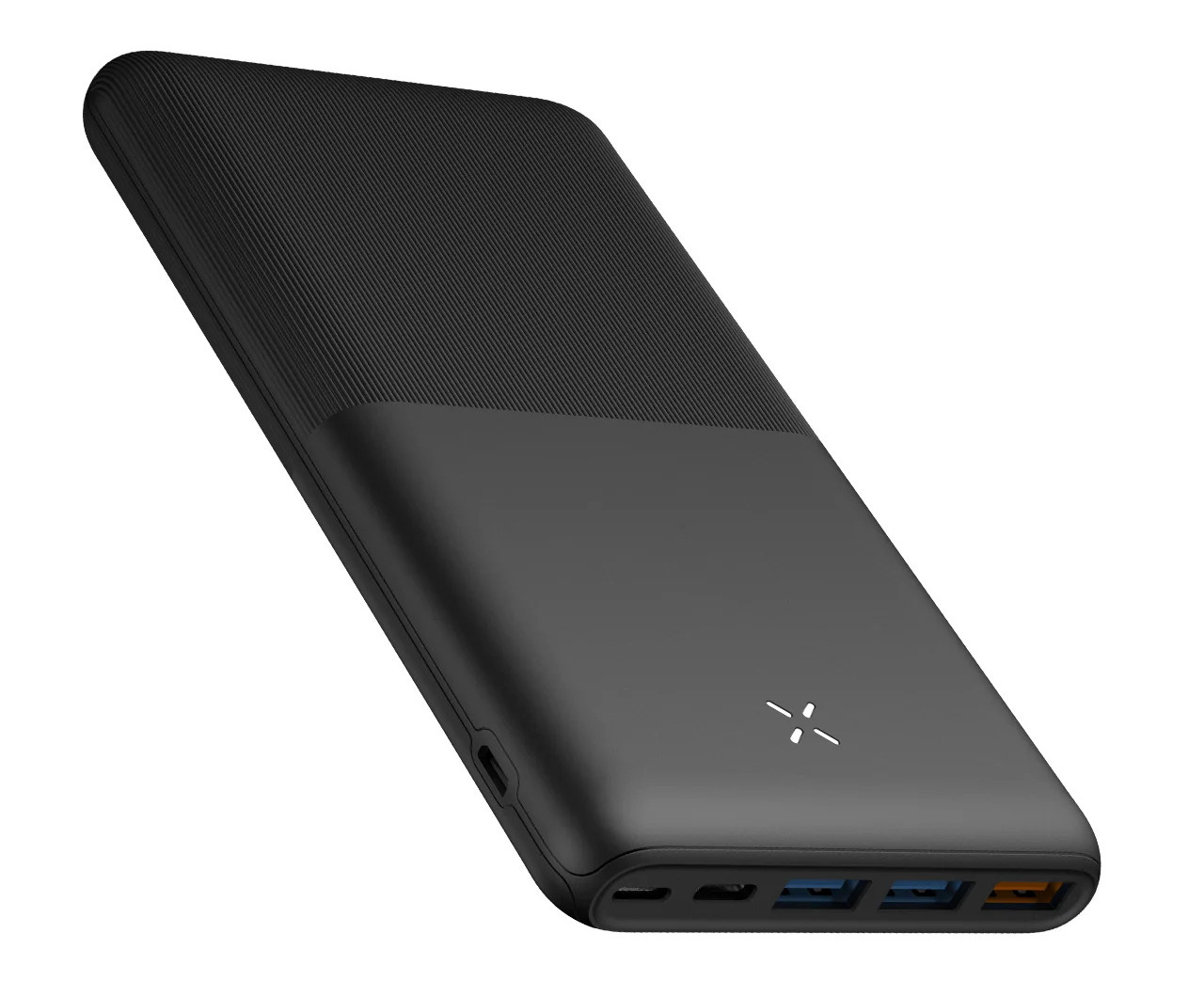Introduction
Welcome to the world of portable power banks! In our increasingly mobile and connected lives, having a reliable source of backup power has become more important than ever before. Whether you’re a frequent traveler, a tech enthusiast, or just someone who wants to keep their devices charged on the go, a power bank is an essential accessory.
But with so many options available on the market, it can be overwhelming to choose the right power bank for your needs. One of the key factors to consider when selecting a power bank is its capacity, typically measured in milliampere-hours (mAh). The higher the capacity, the more energy the power bank can store and deliver to your devices.
In this article, we will explore the world of power bank capacity and delve into the common question of how long a 20000mAh power bank can last. We will also discuss important factors that can affect a power bank’s lifespan and provide some tips to maximize its efficiency.
So, if you’re curious to know more about power banks and how long they can keep your devices juiced up, buckle up and get ready to dive into the fascinating world of portable power!
Understanding Power Bank Capacity
When it comes to power banks, the capacity is a crucial factor to consider. Simply put, the capacity refers to the amount of energy a power bank can store and subsequently deliver to your devices. It is usually measured in milliampere-hours (mAh).
To better understand power bank capacity, let’s take a closer look at how batteries work. Every electronic device, including power banks, relies on rechargeable batteries to store electrical energy. These batteries contain chemical reactions that generate and store power.
When you charge your phone or tablet using a power bank, the battery inside the power bank transfers its stored energy to your device’s battery. This process allows you to charge your device, even without access to a power outlet.
The capacity of a power bank determines how long it can sustainably deliver power. Higher capacity power banks can store more energy, providing multiple charges to your devices before needing to be recharged themselves.
It’s important to note that the actual amount of power delivered to your device may vary due to power conversion, transfer efficiency, and other factors. While a power bank’s capacity is a useful measure of its energy storage capability, it does not necessarily translate directly to the number of charges you can get for your device.
Power banks are available in various capacities, ranging from as low as 1000mAh to massive capacities exceeding 30000mAh. The capacity you choose will depend on your specific needs, such as the number of devices you need to charge, the frequency of usage, and the desired level of backup power.
Now that we have a basic understanding of power bank capacity, let’s explore the concept of power bank efficiency and how it affects the actual charging capabilities of these portable devices.
Power Bank Efficiency
While power bank capacity plays a significant role in determining how long it can last, another crucial factor to consider is its efficiency. Power bank efficiency refers to how effectively it can convert and transfer stored energy to your devices.
When you charge a device using a power bank, there is some energy loss during the conversion and transfer process. This loss occurs due to heat generation, voltage regulation, and other factors. It’s important to understand that not all the energy stored in a power bank’s battery will be successfully transferred to your device.
The efficiency of a power bank is typically expressed as a percentage. For example, a power bank with 80% efficiency means that it can effectively transfer 80% of the stored energy to your device, while 20% may be lost as heat or other forms of energy loss.
Higher efficiency power banks are generally more desirable as they can optimize the use of stored energy, resulting in longer device charging times and better overall performance. However, it’s worth noting that higher efficiency power banks often come with a higher price tag.
Factors such as the quality of internal circuitry, voltage conversion technology, and overall design influence the efficiency of a power bank. When selecting a power bank, it’s essential to consider not only its capacity but also its efficiency to ensure you get the best charging experience.
It’s worth mentioning that power bank efficiency can also be affected by the type of device you are charging. Different devices have varying charging requirements, and this can impact the efficiency and overall charging time. It’s always a good idea to check your device’s charging specifications to ensure compatibility and optimal charging efficiency.
In the next section, we will explore the factors that can affect the lifespan of a power bank, as understanding these factors is essential to maximize its overall longevity and performance.
Factors Affecting Power Bank’s Lifespan
When investing in a power bank, it’s crucial to consider its lifespan. The lifespan refers to the overall durability and longevity of the power bank, including its ability to hold a charge and deliver reliable performance over time. Several factors can affect the lifespan of a power bank, which we will explore in this section.
1. Quality of Components: The quality of the internal components used in a power bank plays a significant role in its lifespan. Power banks with high-quality batteries, circuitry, and other components are likely to have a longer lifespan compared to those with cheaper or subpar components.
2. Charging Cycles: Power banks have a limited number of charging cycles before their performance starts to degrade. A charging cycle refers to the process of charging the power bank from empty to full and then discharging it again. Higher-quality power banks can withstand more charging cycles before experiencing a decline in performance.
3. Charging and Discharging Speed: Rapidly charging and discharging a power bank can put stress on its internal components and shorten its lifespan. It’s essential to follow the recommended charging and discharging guidelines provided by the manufacturer to ensure optimal usage and longevity.
4. Environmental Factors: The environment in which a power bank is used can also impact its lifespan. Extreme temperatures, such as excessive heat or cold, can affect the overall performance and longevity. It’s important to store and use the power bank in a moderate temperature range to help prolong its lifespan.
5. Overcharging and Overdischarging: Overcharging or overdischarging a power bank can have a detrimental effect on its lifespan. Most modern power banks are equipped with built-in protection mechanisms to prevent overcharging and overdischarging. However, it’s still important to avoid leaving a power bank plugged in for an extended period or allowing it to fully discharge.
By considering these factors and taking appropriate care of your power bank, you can help extend its lifespan and ensure reliable performance for a longer period. In the next section, we will discuss how to estimate the capacity of a power bank and its implications for usage.
Estimating Power Bank’s Capacity
Estimating the capacity of a power bank is essential to determine how many charges it can provide to your devices. While power banks are often labeled with their stated capacity in milliampere-hours (mAh), it’s important to remember that the actual usable capacity may be slightly lower due to energy loss during the charging process.
To get an estimate of a power bank’s actual usable capacity, it’s common to multiply the stated capacity by a certain percentage, typically ranging between 70-80%. This adjustment accounts for the energy lost during the conversion and transfer process, as well as the power bank’s internal circuitry and efficiency.
For example, if a power bank has a stated capacity of 20000mAh, applying a 70% adjustment would give an estimated usable capacity of around 14000mAh. This means that the power bank can effectively deliver approximately 14000mAh of energy to your devices before needing to be recharged itself.
It’s important to note that different power banks will have varying conversion efficiencies, and the percentage adjustment may vary. It’s best to refer to the manufacturer’s specifications or user manual for guidance on estimating the actual usable capacity of the power bank.
Another factor to consider when estimating power bank capacity is the energy requirements of the device you are charging. Different devices have varying energy needs, and this can affect the number of charges you can get from the power bank.
For example, a smartphone with a smaller battery capacity may require less energy to charge compared to a tablet with a larger battery. As a result, you may be able to achieve more charges for your smartphone using the same power bank compared to the tablet.
To estimate the number of charges a power bank can provide for your specific device, you can divide the power bank’s usable capacity by the device’s battery capacity. This calculation will give you a rough estimate, although it’s important to remember that it may not be precise due to factors such as efficiency and energy loss.
By estimating the capacity of a power bank and considering the energy requirements of your devices, you can make an informed decision about which power bank suits your needs best. In the next section, we will finally answer the question, “How long does a 20000mAh power bank last?”
How Long Does a 20000mAh Power Bank Last?
A 20000mAh power bank is considered to have a high capacity, capable of providing multiple charges for your devices. To estimate how long it will last, we need to consider a few factors.
The actual charging capacity of a power bank can vary depending on factors such as the conversion efficiency and the energy requirements of the device being charged. As a general rule of thumb, a 20000mAh power bank can provide approximately 4-6 full charges for a smartphone with a typical battery capacity of 3000-4000mAh.
For example, if you have a smartphone with a 3000mAh battery, a 20000mAh power bank can provide around 4 to 5 full charges for your device. However, if you have a smartphone with a larger battery capacity, such as 4000mAh, you may get around 3 to 4 full charges.
It’s important to keep in mind that these estimations are approximate and can vary based on factors like power bank efficiency and device usage while charging. Additionally, other devices with different energy requirements, such as tablets or laptops, will consume more energy and may yield fewer charges from the power bank.
Another aspect to consider is how you use the power bank. If you charge multiple devices simultaneously or use power-hungry apps while charging, it can consume more energy and reduce the number of charges you get from the power bank.
In summary, a 20000mAh power bank can provide multiple charges for your devices, depending on their battery capacity and the efficiency of the power bank. It is a versatile option that can keep you powered up for an extended period, especially during travel or situations where access to electrical outlets is limited.
Now that we have a sense of how long a 20000mAh power bank can last, let’s move on to discussing the charging time required to replenish the power bank’s battery.
Charging Time for a 20000mAh Power Bank
The charging time for a 20000mAh power bank can vary depending on several factors, including the power source, the charging cable used, and the output capabilities of the power bank itself.
Typically, a 20000mAh power bank can take anywhere from 6 to 10 hours to fully charge using a standard USB wall charger with an output of 1-2 Amps. However, it’s important to note that charging times can be longer or shorter depending on the specific charging setup.
If you choose to charge the power bank using a lower-output USB port, such as those found on laptops or older devices, the charging time may be significantly longer. On the other hand, some power banks may come with fast-charging technology, allowing them to charge at a faster rate when connected to a compatible charger.
Using a high-quality charging cable is also important for efficient and timely charging. A cable with thick and well-insulated wires can help maintain a consistent flow of power, leading to faster charging times compared to thinner or worn-out cables.
It’s worth mentioning that some power banks include multiple input ports, allowing you to charge them using two or more charging cables simultaneously. This can reduce the overall charging time, especially if you use high-output chargers or multiple power sources.
Lastly, it’s important to follow the manufacturer’s guidelines and recommendations regarding the charging time and methods for your specific 20000mAh power bank. Different power bank models may have slightly different charging requirements and specifications.
By considering the power source, charging cable, and specific features of your 20000mAh power bank, you can get an estimate of the charging time and plan your charging routine accordingly. Now, let’s move on to the final section, where we will provide some useful tips to maximize the lifespan of your power bank.
Tips to Maximize Power Bank’s Lifespan
To ensure that your power bank lasts as long as possible and continues to deliver reliable performance, here are some tips to maximize its lifespan:
1. Use the Right Charging Cable: Always use a high-quality charging cable that is compatible with your power bank. Using a cheap or incorrect cable can lead to slower charging speeds, increased energy loss, and potential damage to the power bank’s internal circuitry.
2. Avoid Extreme Temperatures: Exposing your power bank to extreme temperatures can significantly affect its lifespan. Avoid leaving it under direct sunlight, in a hot car, or in freezing temperatures. Optimal temperature ranges generally fall between 32°F to 95°F (0°C to 35°C).
3. Charge and Discharge Regularly: It’s recommended to use your power bank regularly. Charge and discharge it at least once every three months to prevent the battery from stagnating. This practice helps maintain the battery’s overall health and prolong its lifespan.
4. Unplug After Full Charge: Once your power bank is fully charged, unplug it from the power source immediately. Leaving it plugged in for an extended period, especially when the battery is already full, can generate excess heat and put unnecessary strain on the internal components.
5. Avoid Overcharging and Overdischarging: Overcharging or letting your power bank fully discharge can be detrimental to its lifespan. Follow the manufacturer’s recommendations and avoid leaving it plugged in overnight or letting it drain completely before recharging.
6. Keep It Clean and Dry: Keep your power bank clean and free from dust, dirt, and moisture. Wipe it with a soft, dry cloth regularly, and ensure that the charging ports and connectors are debris-free. Moisture can cause corrosion and damage to the internal components.
7. Store Properly: When not in use, store your power bank in a cool, dry place. Avoid storing it in places with extreme temperatures, high humidity, or direct sunlight. This practice helps maintain the battery’s efficiency and overall lifespan.
By following these tips, you can maximize the lifespan and performance of your power bank, ensuring that it remains a reliable backup power source for your devices.
With all this information in mind, you are now better equipped to make informed decisions when selecting and using a power bank. Whether you’re a frequent traveler, a remote worker, or someone who values staying connected on-the-go, a power bank can be a valuable companion to keep your devices charged and ready for any situation.
Conclusion
Power banks have become an indispensable accessory in our modern, connected lives. They provide us with the convenience of charging our devices on the go, ensuring that we stay powered up even when access to electrical outlets is limited.
In this article, we’ve covered several important aspects of power banks. We explored the concept of power bank capacity and how it affects the amount of energy a power bank can store and deliver to our devices. We also discussed the efficiency of power banks and how it impacts their overall performance and charging capabilities.
We examined the factors that can affect a power bank’s lifespan, including the quality of its components, the number of charging cycles, and environmental factors such as extreme temperatures. Taking care of these factors can help extend the lifespan of your power bank and ensure its reliability over time.
We also delved into estimating the capacity of a power bank and how it relates to the number of charges it can provide for our devices. Additionally, we discussed the charging time required to replenish the battery of a 20000mAh power bank and the factors that can influence it, such as the power source and charging cable used.
Lastly, we provided valuable tips to maximize the lifespan of your power bank, including using the right charging cable, avoiding extreme temperatures, and practicing regular charging and discharging cycles.
By considering all of these aspects and implementing the tips mentioned, you can ensure that your power bank remains a reliable source of backup power for your devices, supporting your mobile lifestyle and keeping you connected when you need it most.
So, whether you’re embarking on a travel adventure, attending a business meeting, or simply navigating your daily routine, a power bank can be your trusted companion, providing you with the power you need, when you need it.









